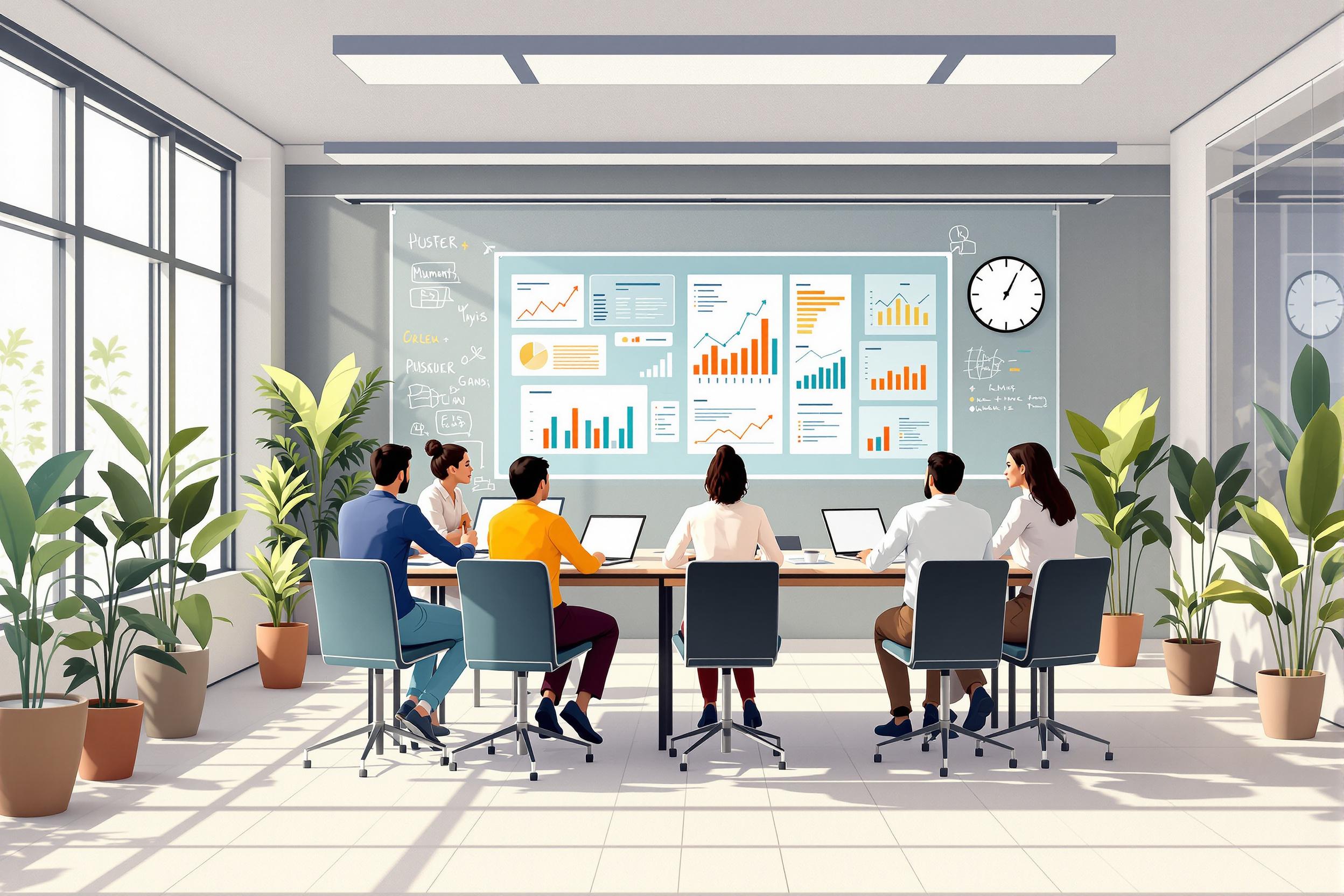
Emergency Response
Emergency Response refers to the planned actions and procedures that utility workers follow when unexpected water-related problems occur, like main breaks, contamination, or natural disasters. It's similar to having a playbook for handling crisis situations in water systems. This includes knowing how to quickly fix broken pipes, handle chemical spills, or restore water service after storms. Companies look for workers who understand these procedures because quick, correct responses keep communities safe and minimize service disruptions. You might also see this called "emergency preparedness," "incident response," or "crisis management" in job descriptions.
Examples in Resumes
Coordinated Emergency Response teams during major water main breaks, reducing average response time by 30%
Led Emergency Response training programs for new utility operators
Developed and updated Emergency Response protocols for water treatment facility
Managed Crisis Response efforts during natural disasters affecting water supply
Supervised Incident Response activities for water quality emergencies
Typical job title: "Emergency Response Coordinators"
Also try searching for:
Where to Find Emergency Response Coordinators
Professional Organizations
Job Boards
Professional Networks
Example Interview Questions
Senior Level Questions
Q: How would you develop and implement an emergency response plan for a large water utility?
Expected Answer: A strong answer should cover creating comprehensive procedures, coordinating with multiple departments and agencies, training staff, and regular plan testing and updates. They should mention experience leading emergency situations and improving existing protocols.
Q: Describe a major emergency situation you managed and what you learned from it.
Expected Answer: Look for candidates who can detail specific incidents, explain their decision-making process, describe how they coordinated teams, and share lessons learned that improved future responses.
Mid Level Questions
Q: What steps would you take in response to a major water main break?
Expected Answer: Should describe the proper sequence: assessing the situation, ensuring safety, coordinating repair teams, managing public communication, and maintaining service where possible.
Q: How do you prioritize multiple emergency situations?
Expected Answer: Should explain how they assess risks to public safety, number of customers affected, environmental impact, and available resources to make decisions.
Junior Level Questions
Q: What safety equipment and procedures are essential in water emergency response?
Expected Answer: Should be familiar with basic safety gear, communication tools, and standard operating procedures for common emergencies.
Q: How would you communicate with customers during a water service emergency?
Expected Answer: Should discuss various communication methods like social media, automated calls, door hangers, and coordinating with public information officers.
Experience Level Indicators
Junior (0-2 years)
- Basic emergency protocols and procedures
- Safety equipment operation
- Communication during emergencies
- Documentation and reporting
Mid (2-5 years)
- Team coordination during emergencies
- Risk assessment
- Emergency plan implementation
- Public communication management
Senior (5+ years)
- Emergency response plan development
- Multi-agency coordination
- Large-scale incident management
- Staff training and development
Red Flags to Watch For
- No hands-on emergency response experience
- Poor understanding of safety protocols
- Lack of crisis communication skills
- Unable to describe real emergency handling examples
- No knowledge of water utility operations
Need more hiring wisdom? Check these out...

Navigating Compliance: Structuring On-the-Job Training in Regulated Industries

Human Capital Operational Excellence: Unlocking Your Organization's Potential

Workforce Solutions Aggregators: The Next Big Thing You Didn't Know You Needed

